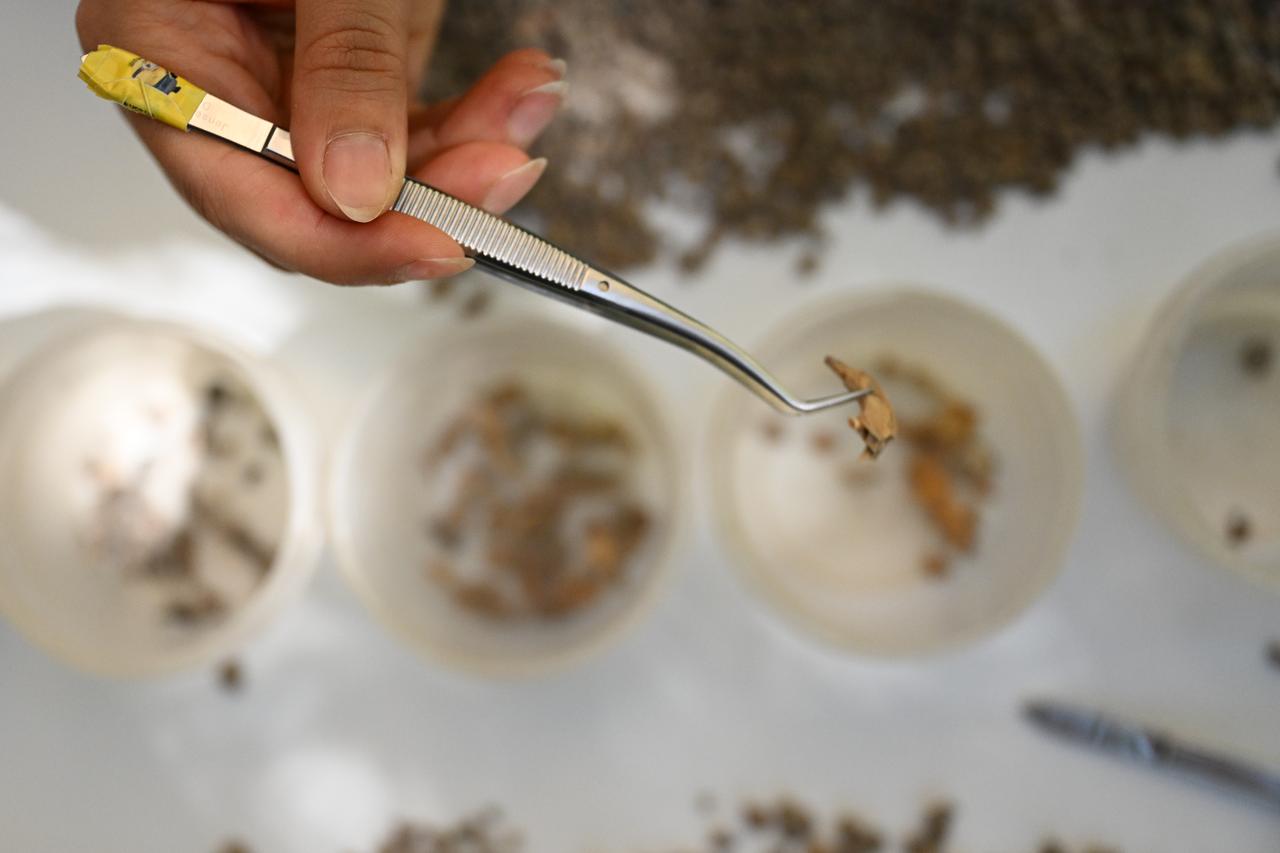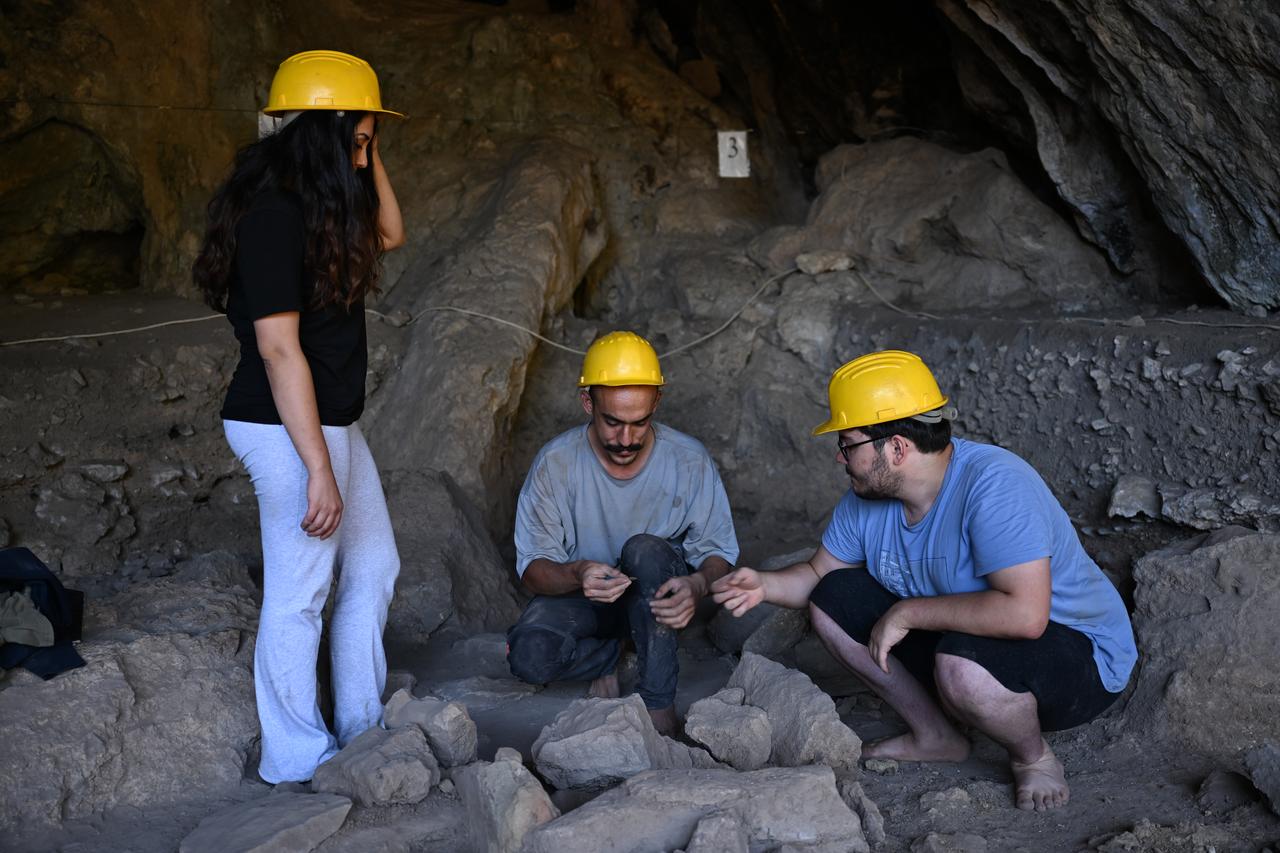
Archaeologists working in Direkli Cave in Kahramanmaras say they have uncovered two bone piercing tools and four perforated beads from a layer dated to around 11,000 B.C., pointing to specialized craft activities about 13,000 years ago.
Excavation director Professor Cevdet Merih Erek reported that two slender bone tools—known locally as “biz” (awl)—were found during this season’s excavations.
One appears to have been used to drill stone beads, while the other likely served in leatherwork and in making clothing. He noted that the differentiation in tool use signals an organized production system.
The team also identified four perforated beads believed to have been used to decorate the dead. The find adds to earlier discoveries of bone and stone beads in the cave.

Erek explained that the beads come from the seventh archaeological level of the site. Radiocarbon (Carbon-14) assessment places this layer around 11,000 B.C.—roughly 13,000 years before today.
He added that the cave’s sediment built up very slowly, so even 3–5 centimeters (1.18 inches–1.96 inches) of deposit can represent 1,000 to 2,000 years.
Erek underlined the importance of Direkli Cave and nearby Esek Deresi Cave within the Kahramanmaras landscape, noting that excavations at the two sites point to a local cultural development in Anatolia spanning roughly 14,000 to 8,500 years before present.